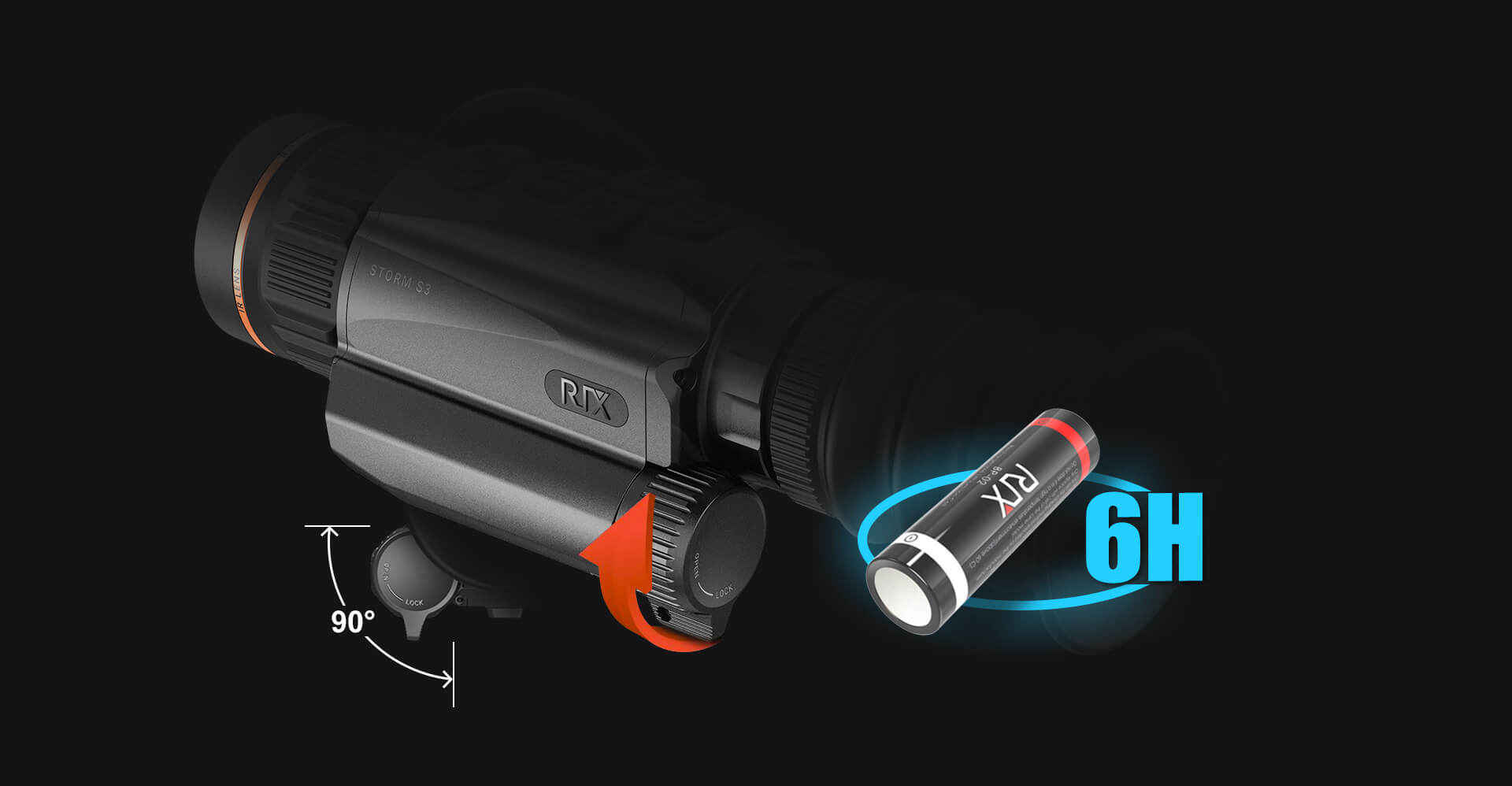Night vision scopes have revolutionized the way we observe our surroundings in low-light conditions. But how do these remarkable devices function? Understanding the technology behind night vision scopes can enhance your appreciation for their capabilities and applications.

What is a Night Vision Scope?
A night vision scope is an optical device that amplifies available light to provide clear images in darkness. These scopes are commonly used in various fields, including hunting, law enforcement, and military operations. But what makes them so effective in low-light environments?
How Night Vision Scopes Work
The core technology behind night vision scopes involves the use of image intensification. This process begins with the collection of ambient light, which can include moonlight, starlight, or artificial light. The light enters the scope through the objective lens and strikes a photosensitive surface known as a photocathode.
- The photocathode converts incoming light photons into electrons.
- These electrons are then accelerated through a vacuum tube, where they collide with a phosphor screen, creating a visible image.
- The result is a bright, green-tinted image that allows users to see in the dark.
Interestingly, the green hue is not arbitrary; it is chosen because the human eye can differentiate more shades of green than any other color, enhancing visibility.
Types of Night Vision Technology
There are several generations of night vision technology, each offering varying levels of performance:
- Generation 1: Basic amplification of light, suitable for casual use.
- Generation 2: Improved image quality and range, often used by law enforcement.
- Generation 3: Military-grade technology with superior clarity and sensitivity.
- Generation 4: The latest advancements, featuring enhanced performance in extreme darkness.
Each generation of night vision scope provides distinct advantages, making it essential to choose the right one based on your specific needs.
Applications of Night Vision Scopes
Night vision scopes are not just for military use; they have a wide range of applications. For instance, hunters utilize these scopes to track game during twilight hours, while wildlife enthusiasts observe nocturnal animals without disturbing their natural behavior. Additionally, security personnel rely on night vision technology to monitor areas in low-light conditions.
Choosing the Right Night Vision Scope
When selecting a night vision scope, consider the following factors:
- Purpose: Determine whether you need it for hunting, surveillance, or recreational use.
- Generation: Assess which generation of night vision technology best suits your requirements.
- Budget: Night vision scopes can vary significantly in price, so set a budget that aligns with your needs.
For more information on high-quality night vision scopes, visit  .
.
Conclusion
In conclusion, understanding the science behind night vision scopes enhances our ability to utilize them effectively. Whether for professional or recreational purposes, these devices provide invaluable assistance in low-light conditions. By familiarizing yourself with their technology and applications, you can make informed decisions when selecting the right night vision scope for your needs.








